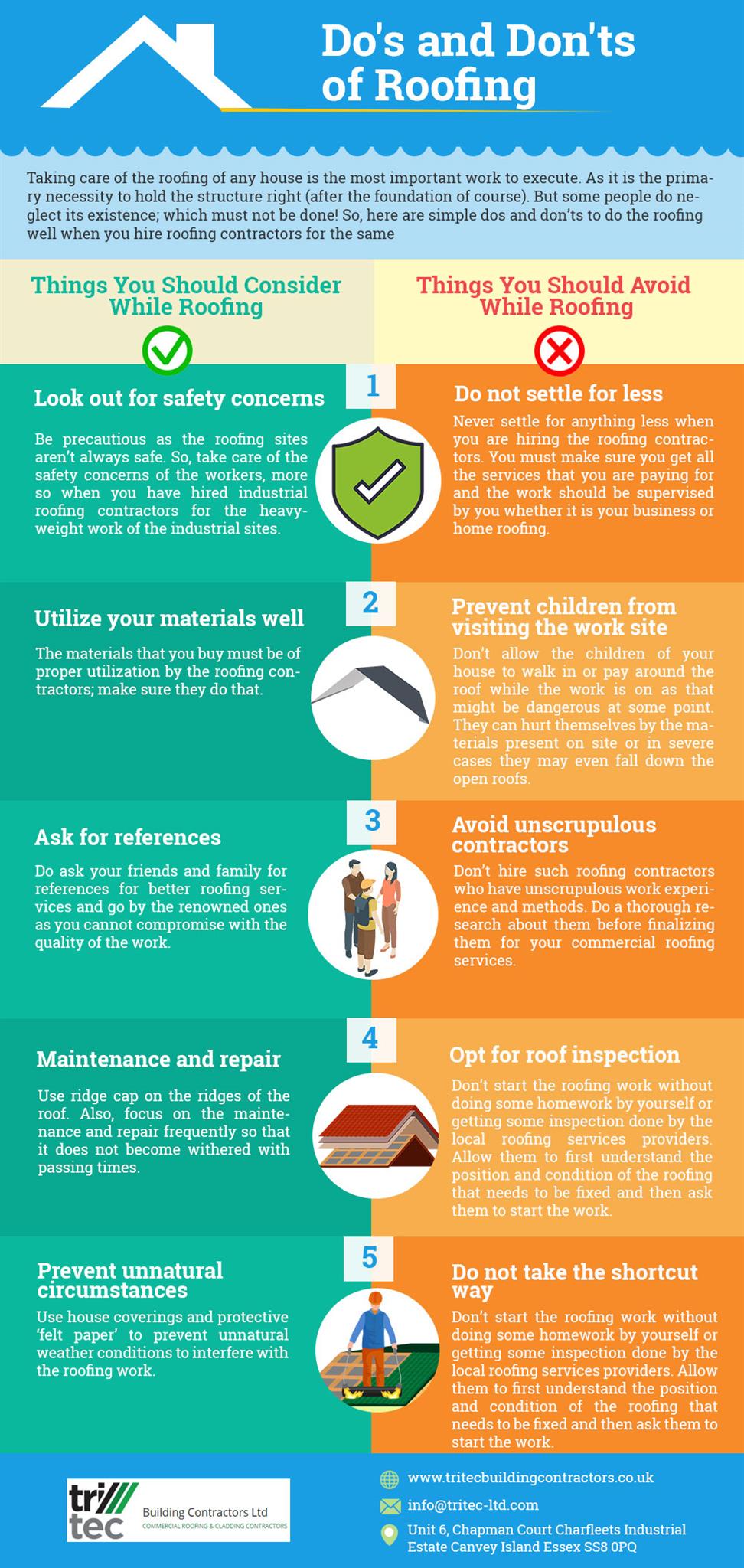Checking Out The Expenses Of Solar Power Equipments: Is It A Sound Investment Choice?
Checking Out The Expenses Of Solar Power Equipments: Is It A Sound Investment Choice?
Blog Article
Write-Up Created By-McQueen Potts
When taking into consideration the expenses of solar setup, you might question the ahead of time investment needed and whether it straightens with the possible long-term advantages. Recognizing the details of these expenses and the various elements affecting the overall return can shed light on the worth proposal of transitioning to solar power. By assessing both the first configuration expenses and the projected financial savings over time, you can obtain insight right into whether the investment in solar installation holds pledge for your economic future.
First Arrangement Expenses
When considering the expenses of solar installation, the first configuration expenditures play a critical duty in your decision-making process. These in advance prices consist of the price of solar panels, inverters, placing equipment, and setup labor.
The price of solar panels can differ depending upon the brand, effectiveness, and dimension you choose. Inverters are necessary for converting the sun's energy right into useful electrical power and come in different types such as string inverters, microinverters, and power optimizers, each with its very own price implications.
Mounting tools, such as racks and rails, is required to securely install solar panels on your roofing or residential or commercial property.
The installment labor cost covers the professional setup of the planetary system, ensuring that whatever is set up correctly and successfully. Keep in mind that while these preliminary configuration costs may appear high, there are typically refunds, tax incentives, and funding options available to assist balance out the expenses and make solar installment more affordable in the future.
Long-Term Savings Evaluation
To comprehend the economic advantages of solar setup over time, it's important to conduct a thorough long-lasting savings analysis. While the initial arrangement expenses of photovoltaic panels might appear challenging, the long-term cost savings can exceed these costs dramatically. By using the power of the sunlight to produce electricity for your home, you can possibly save thousands of dollars on your energy costs over the life-span of your solar system.
Among the crucial elements to take into consideration in a long-term cost savings evaluation is the decrease in your power expenses. With solar panels, you can generate your electrical energy, minimizing or even removing your reliance on the grid. This can lead to considerable cost savings, specifically as utility rates remain to rise.
In https://remingtonipvaf.dreamyblogs.com/30258391/mastering-the-art-of-solar-panel-maintenance-is-the-key-to-taking-full-advantage-of-effectiveness-and-long-life , many federal governments use incentives such as tax obligation credit ratings and refunds for setting up solar panels, additionally enhancing your long-lasting savings. By making use of these incentives and maximizing your solar energy production, you can delight in substantial financial advantages for several years to come.
Return on Investment Estimation
Taking into consideration the monetary benefits of solar installment, it's time to analyze the Return on Investment (ROI) computation. Determining https://10kwsolarpanel98753.blog-gold.com/36783611/the-leading-five-advantages-of-embracing-solar-power-for-residential-residences includes comparing the complete prices of installing a solar system with the monetary advantages it creates over its life-span.
To compute ROI, separate the net benefit from the system by the total investment cost and multiply by 100 to obtain a portion. The ROI formula is: (Web Profit/ Overall Investment Cost) x 100.
For instance, if the overall price of installing a planetary system is $20,000, and over its life expectancy, it generates cost savings and incomes completing $30,000, the net revenue would be $10,000. Splitting this by the complete investment price of $20,000 provides a proportion of 0.5. Multiplying this by 100 gives an ROI of 50%.
Typically, a higher ROI indicates a much more economically fulfilling investment. solar manufacturing companies like federal government rewards, maintenance costs, and power price variations can affect the ROI of solar installations. Comprehending the ROI aids in assessing whether purchasing solar power is worth it in the long run.
Final thought
In conclusion, recognizing the costs of solar installation is essential for identifying if it deserves the investment. By taking into consideration preliminary setup expenditures, carrying out a long-lasting cost savings analysis, and determining the return on investment, you can make a notified choice regarding the financial value of solar power. With the potential for lowered utility bills and boosted power self-reliance, purchasing solar installment can be a smart selection for both your purse and the environment.
